Worldwide today, May 20, Intel releases this new generation, the 10th generation or Comet Lake.
It has been possible to see in many media the potential that this new generation based on the already squeezed 14nm can achieve, although this time Intel makes some fixes in some models increasing their potential in each range, many of them improved with HT and others increasing their cores, especially for the Intel Core i9 10900K (and its derivatives) that would be the first 10-core Intel processor for this enthusiastic platform, which has given much to talk about, even before official reviews of it were available.
But for all these changes and new standards that Intel is engineering, it is necessary to have a motherboard that can withstand all these changes. Intel for this tenth generation also makes a socket change to the LGA-1200 as well as with it a new chipset the Intel Z490, it is in this change that GIGABYTE delivers to the market a new member to its AORUS family, the GIGABYTE Z490 AORUS MASTER, a model that brings an arsenal of improvements and tools that will be able to cope with all these changes that Intel would be delivering in this 10th, especially in consumption and temperature generation, it is based on these factors where GIGABYTE has emphasized the development of these models , we leave you one of the strongest points of this model.
The GIGABYTE Z490 AOURUS MASTER is designed to support all the models of the tenth generation of Intel, for this at electric level it has an intelligent digital PWM controller, which is capable of delivering 90A of energy in each phase, which for the 14 phases of power that this model brings would be delivering a total of 1260A. The capacitors are built of tantalum polymer, together with these 8 + 8 connectors are added to manage all the necessary energy, in this way it is not only capable of supporting all the models that Intel delivers in this new generation but will also be trained to cope with overclocking in these.
- Digital Controller, 2. 14 power phases (90A each), 3. Tantalum polymer capacitors, 4. 8 + 8 metal foil coated power connectors.
Thermal solutions.
Direct-Touch Heatpipe II
By increasing the heat dissipation in the electrical zone around the processor, GIGABYTE is committed to increasing the diameter of the heatpipes to 8mm, 2mm more than a traditional heatpipe design, by being in direct contact with the mosfet and VRM of the area, this encourages directly the amount of temperature that is able to mobilize within the path covered by this heatpipe, providing greater efficiency in dissipating temperature.
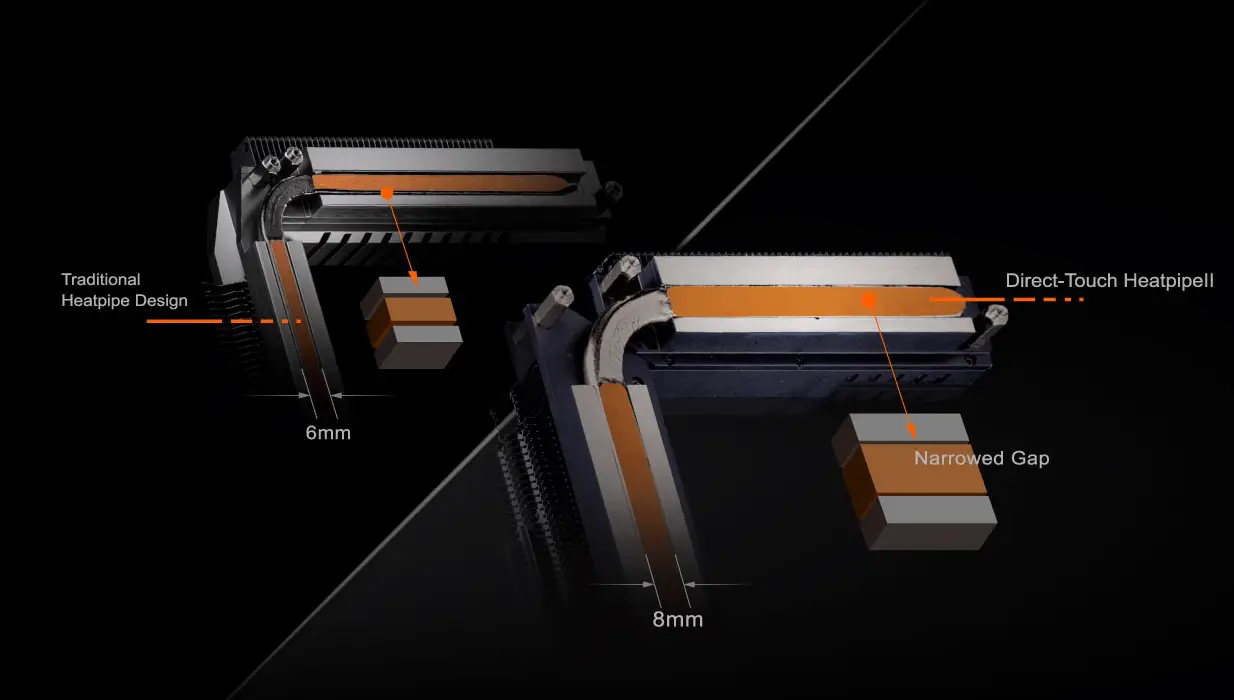
AORUS M.2 Thermal Guard II.
Delivering more tools in temperature improvements, GIGABYTE designs a more efficient cooling system for M.2 units. We all know what the temperature that M.2 SSDs can generate is, even more so if we are dealing with robust video cards on the platform that practically prevent fresh air from reaching the area where M spaces are normally located. .2, this is where GIGABYTE seeks through double-sided heat sinks to lower the temperature of these units. As we see we have the upper cover that in contact through a thermal pad dissipates the temperature to the outside, to this is added a second thermal pad on the back side to provide a reinforcement in the dissipation from another angle.
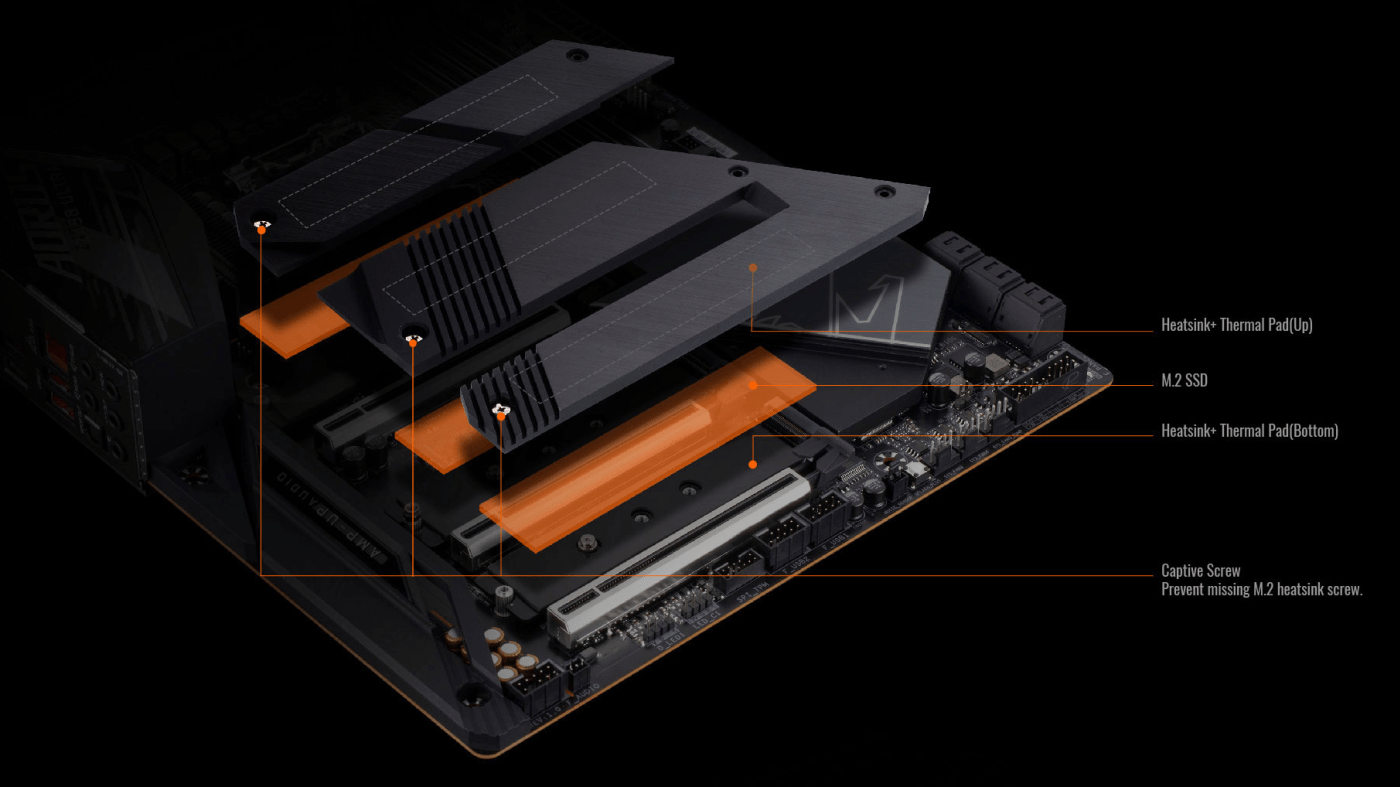
AUDIO.
HI-FI AUDIO SYSTEM
As every motherboard gamer, high-fidelity audio is necessary so that our video games can sound in great detail at each level, this helps us deliver a more immersive experience, which is why GIGABYTE is a sound system superior to the conventional one. GIGABYTE implements a DAC ESS SABER (DAC ES9118) with Hypertream Dynamic Range (SNR 125dB), High-Res Music (32bit, 192KHz PCM) and Super low THD + N (THD + N -112dB). The Codec used in this system is the already known Realtek ALC1220-VB, which is supported by Nichicon capacitors and industrial WIMA capacitors. Further increasing the quality of the final sound, this GIGABYTE model features a TXC oscillator.
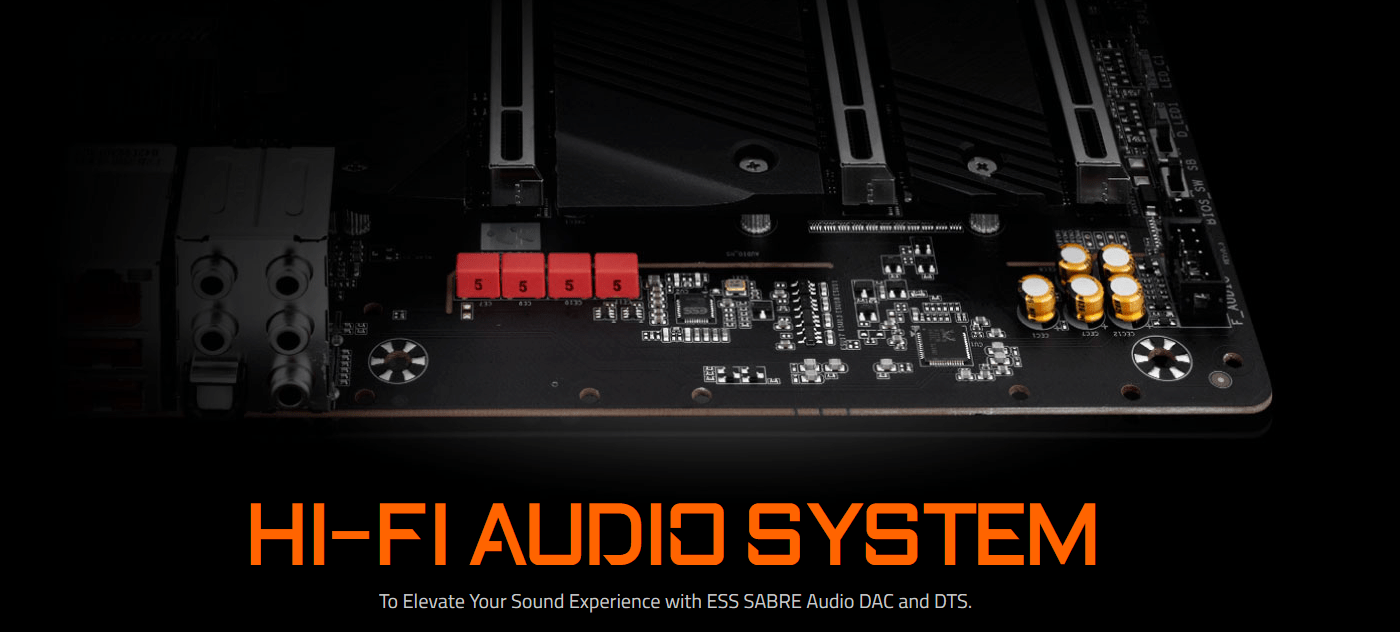
Specifications.
| Specifications | |
|---|---|
| CPU | Support for 10th Generation Intel® Core ™ i9 processors / Intel® Core ™ i7 processors / Intel® Core ™ i5 processors / Intel® Core ™ i3 processors / Intel® Pentium® processors / Intel® Celeron® processors in the LGA1200 package |
| Chipset | Intel® Z490 Express Chipset |
| Memory | – Intel® Core ™ i9 / i7 processors: Support for DDR4 5000 (OC) / 4933 (OC) / 4800 (OC) / 4700 (OC) / 4600 (OC) / 4500 (OC) / 4400 (OC) / 4300 (OC) / 4266 (OC) / 4133 ( OC) / 4000 (OC) / 3866 (OC) / 3800 (OC) / 3733 (OC) / 3666 (OC) / 3600 (OC) / 3466 (OC) / 3400 (OC) / 3333 (OC) / 3300 ( OC) / 3200 (OC) / 3000 (OC) / 2933/2800/2666/2400/2133 MHz – Intel® Core ™ i5 / i3 / Pentium® / Celeron® processors: – 4 x DDR4 DIMM sockets supporting up to 128 GB (32 GB single DIMM capacity) of system memory – Dual channel memory architecture – Support for ECC Un-buffered DIMM 1Rx8 / 2Rx8 memory modules (operate in non-ECC mode) – Support for non-ECC Un-buffered DIMM 1Rx8 / 2Rx8 / 1Rx16 memory modules – Support for Extreme Memory Profile (XMP) memory modules |
| Graphics | Integrated Graphics Processor-Intel® HD Graphics support: 1 x HDMI port, supporting a maximum resolution of 4096×2160 @ 30 Hz Maximum shared memory of 512 MB |
| Audio | – Realtek® ALC1220-VB codec * The front panel line out jack supports DSD audio. – ESS ES9118EQ DAC chip – Support for DTS: X® Ultra – High Definition Audio – 2/4 / 5.1 / 7.1-channel – Support for S / PDIF Out |
| LAN | Intel® 2.5GbE LAN chip (2.5 Gbit / 1 Gbit / 100 Mbit) |
| Wireless | Intel® Wi-Fi 6 AX201 – WIFI a, b, g, n, ac with wave 2 features, ax, supporting 2.4 / 5 GHz Dual-Band |
| Expansion slots | – 1 x PCI Express x16 slot, running at x16 (PCIEX16) – 1 x PCI Express x16 slot, running at x8 (PCIEX8) – 1 x PCI Express x16 slot, running at x4 (PCIEX4) |
| Multi – GPU | – Support for NVIDIA® Quad-GPU SLI ™ and 2-Way NVIDIA® SLI ™ technologies – Support for AMD Quad-GPU CrossFire ™ and 2-Way AMD CrossFire ™ technologies |
| Storage interface | 1 x M.2 connector (Socket 3, M key, type 2242/2260/2280/22110 PCIe x4 / x2 SSD support) (M2P_SB) 1 x M.2 connector (Socket 3, M key, type 2242/2260/2280/22110 SATA and PCIe x4 / x2 SSD support) (M2A_CPU) 1 x M.2 connector (Socket 3, M key, type 2242/2260/2280/22110 SATA and PCIe x4 / x2 SSD support) (M2M_SB) 6 x SATA 6Gb / s connectors Support for RAID 0, RAID 1, RAID 5, and RAID 10 Intel® Optane ™ Memory Ready |
| USB | Chipset: – 2 x USB Type-C ™ ports, with USB 3.2 Gen 2 support (1 port on the back panel, 1 port available through the internal USB header) – 3 x USB 3.2 Gen 2 Type-A ports (red) on the back panel – 4 x USB 3.2 Gen 1 ports (2 ports on the back panel, 2 ports available through the internal USB header) Chipset + 2 USB 2.0 Hubs: – 8 x USB 2.0 / 1.1 ports (4 ports on the back panel, 4 ports available through the internal USB headers) |
| Internal connectors | 1 x 24-pin ATX main power connector 2 x 8-pin ATX 12V power connectors 1 x CPU fan header 1 x water cooling CPU fan header 4 x system fan headers 2 x system fan / water cooling pump headers 2 x addressable LED strip headers 2 x RGB LED strip headers 3 x M.2 Socket 3 connectors 6 x SATA 6Gb / s connectors 1 x front panel header 1 x front panel audio header 1 x USB Type-C ™ header, with USB 3.2 Gen 2 support 1 x USB 3.2 Gen 1 header 2 x USB 2.0 / 1.1 headers 1 x noise detection header 2 x Thunderbolt ™ add-in card connectors 1 x Trusted Platform Module header (For the GC-TPM2.0 SPI / GC-TPM2.0 SPI 2.0 module only) 1 x power button 1 x reset button 2 x temperature sensor headers 1 x Clear CMOS jumper 2 x BIOS switches |
| Rear connectors | 1 x Q-Flash Plus button 1 x Clear CMOS button 2 x SMA antenna connectors (2T2R) 1 x HDMI port 1 x USB Type-C ™ port, with USB 3.2 Gen 2 support 3 x USB 3.2 Gen 2 Type-A ports (network) 2 x USB 3.2 Gen 1 ports 4 x USB 2.0 / 1.1 ports 1 x RJ-45 port 1 x optical S / PDIF Out connector 5 x audio jacks |
| I / O Controller | iTE® I / O Controller Chip |
| BIOS | 2 x 256 Mbit flash Use of licensed AMI UEFI BIOS Support for DualBIOS ™ PnP 1.0a, DMI 2.7, WfM 2.0, SM BIOS 2.7, ACPI 5.0 |
| Operating system | Support for Windows 10 64-bit |
| Form Factor | ATX Form Factor; 30.5cm x 24.4cm |
First look.
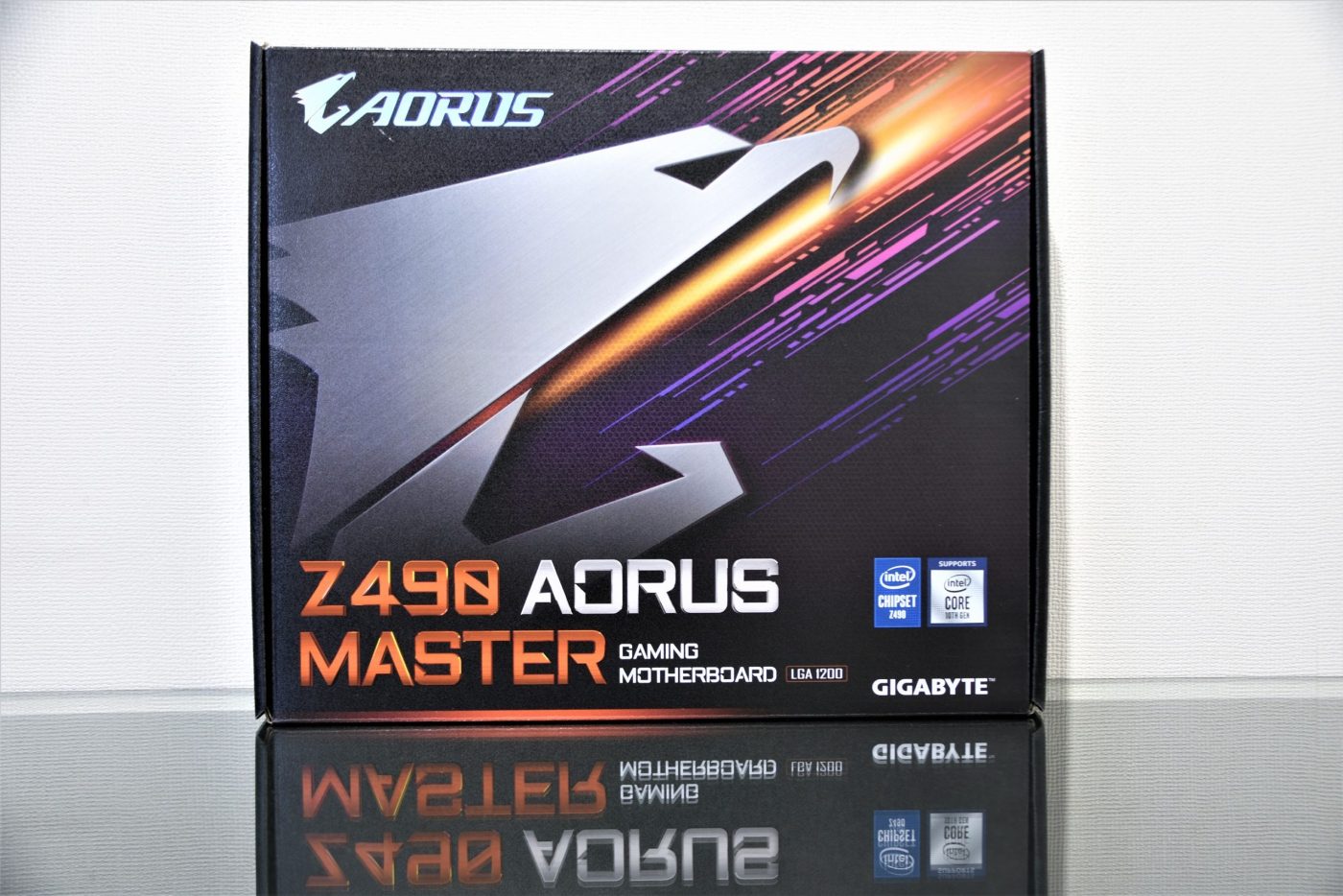
With its great eagle taking the eye away, the Z490 AORUS MASTER presents itself from its packaging as an attractive motherboard.
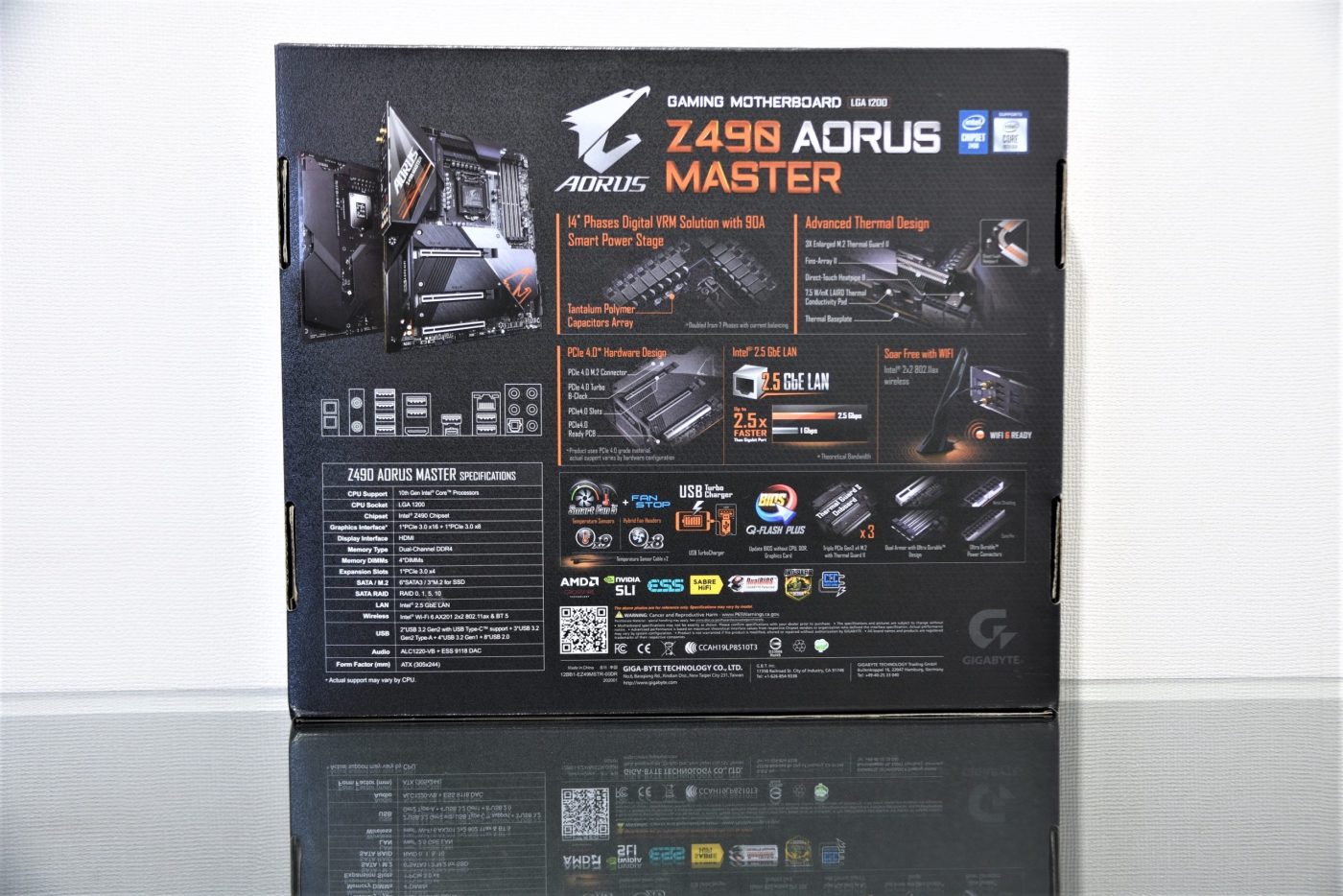
As usual by later we can see the main characteristics with which this Z490 model is presented.
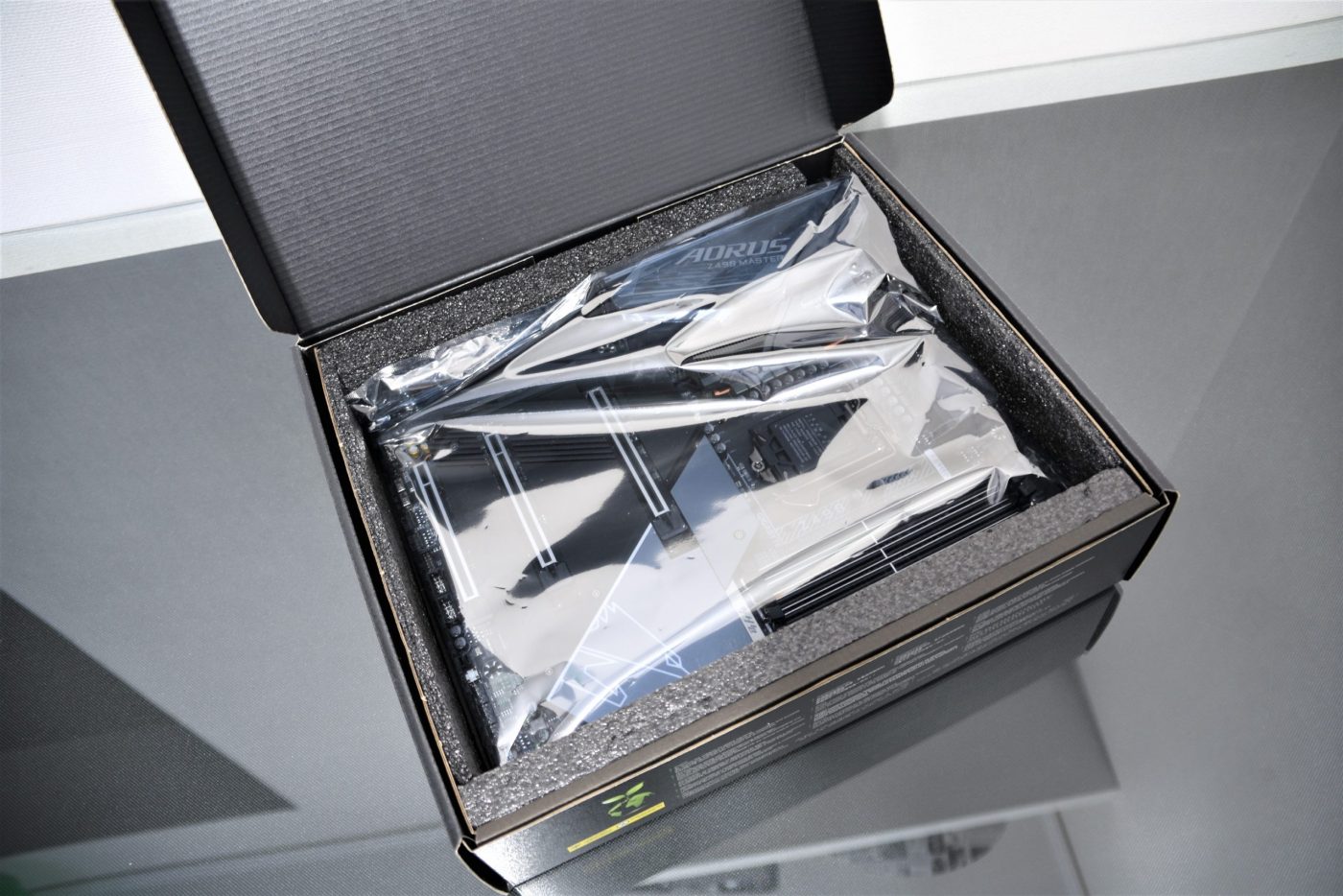
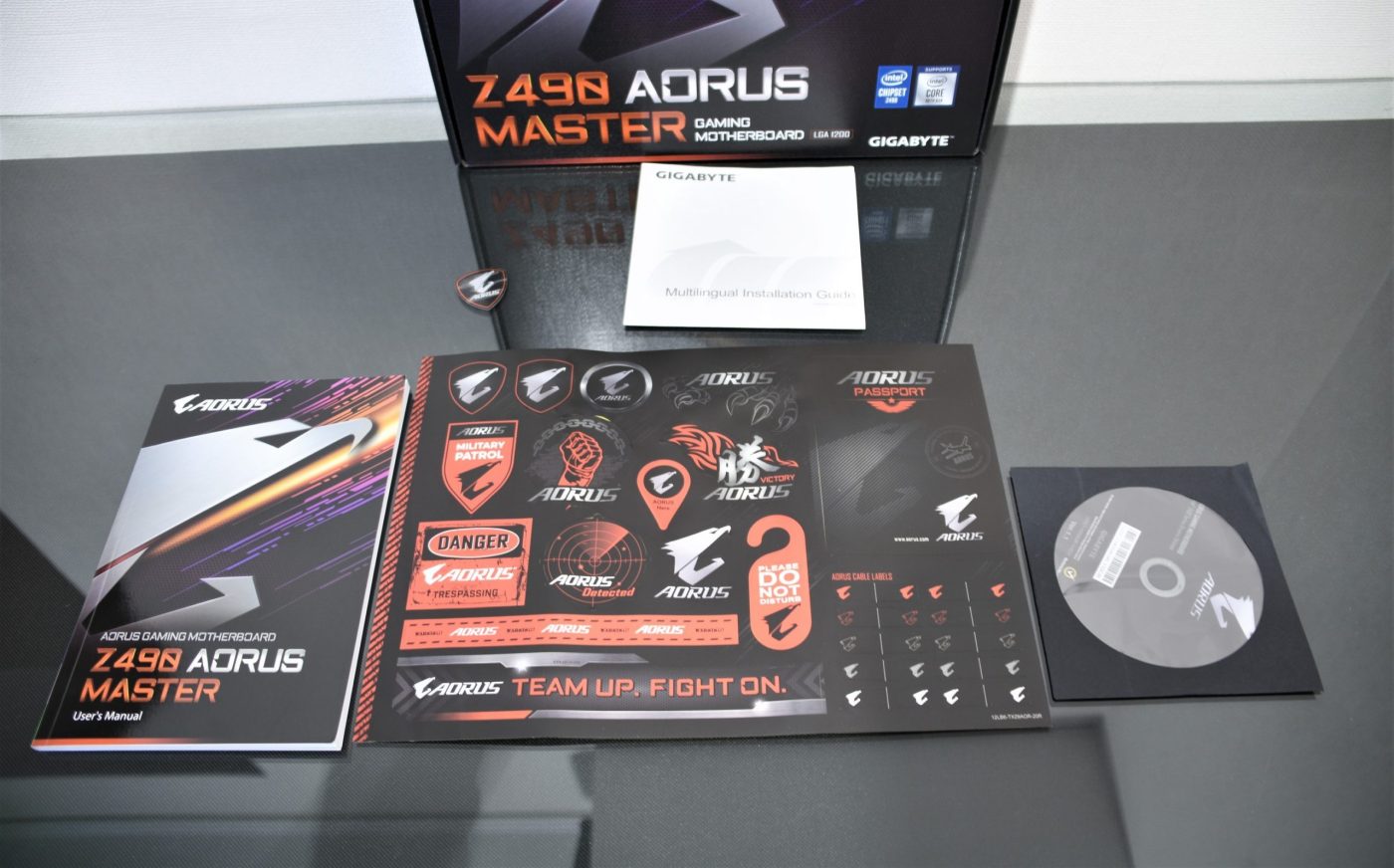
In the stationery section of the contents of the box, we find a driver disk, user manual, AORUS sticker and a set of stickers to personalize your computer.
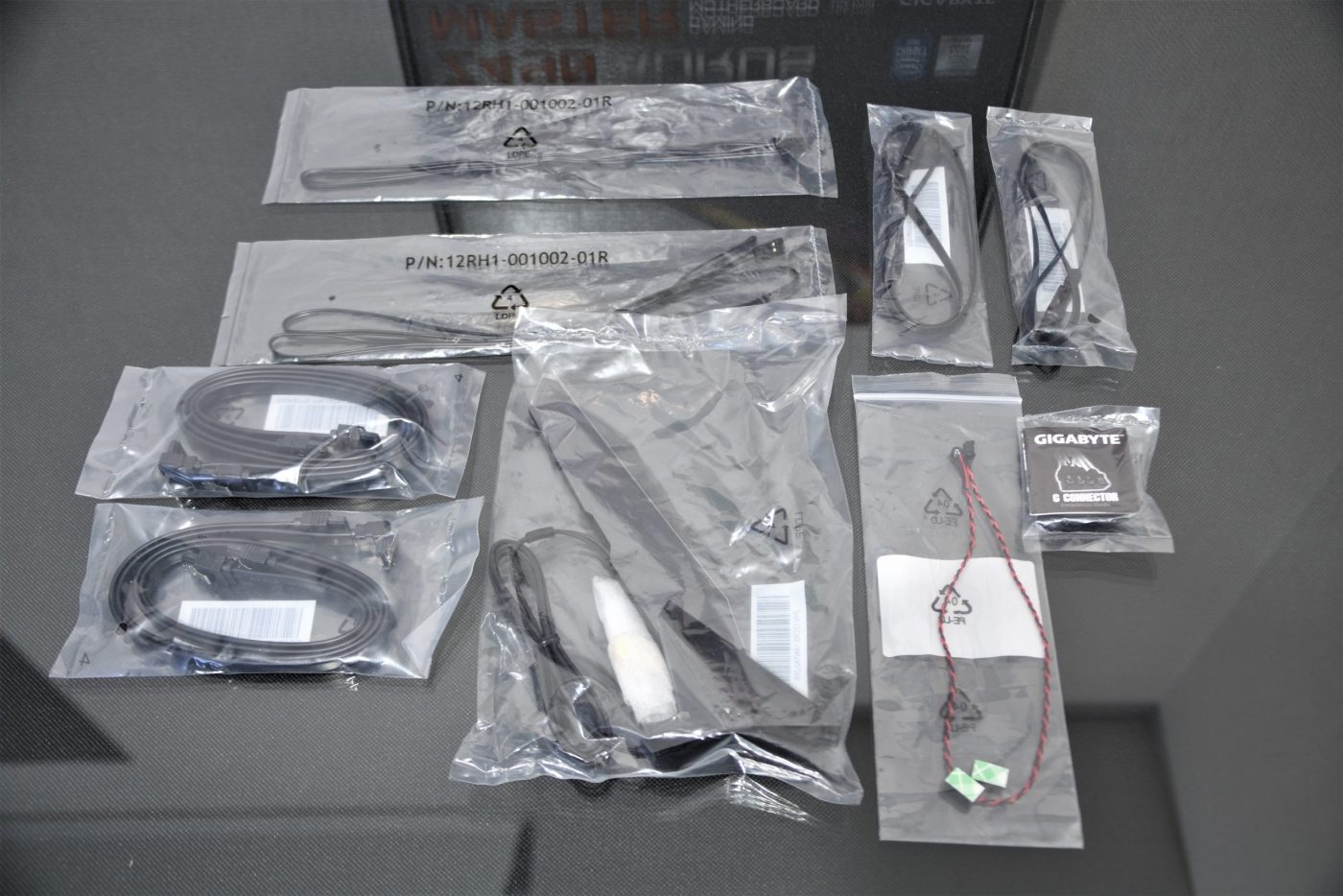
At the accessories level we find 2 pairs of SATA cables, WI-Fi antenna, temperature sensors, aRGB cables.
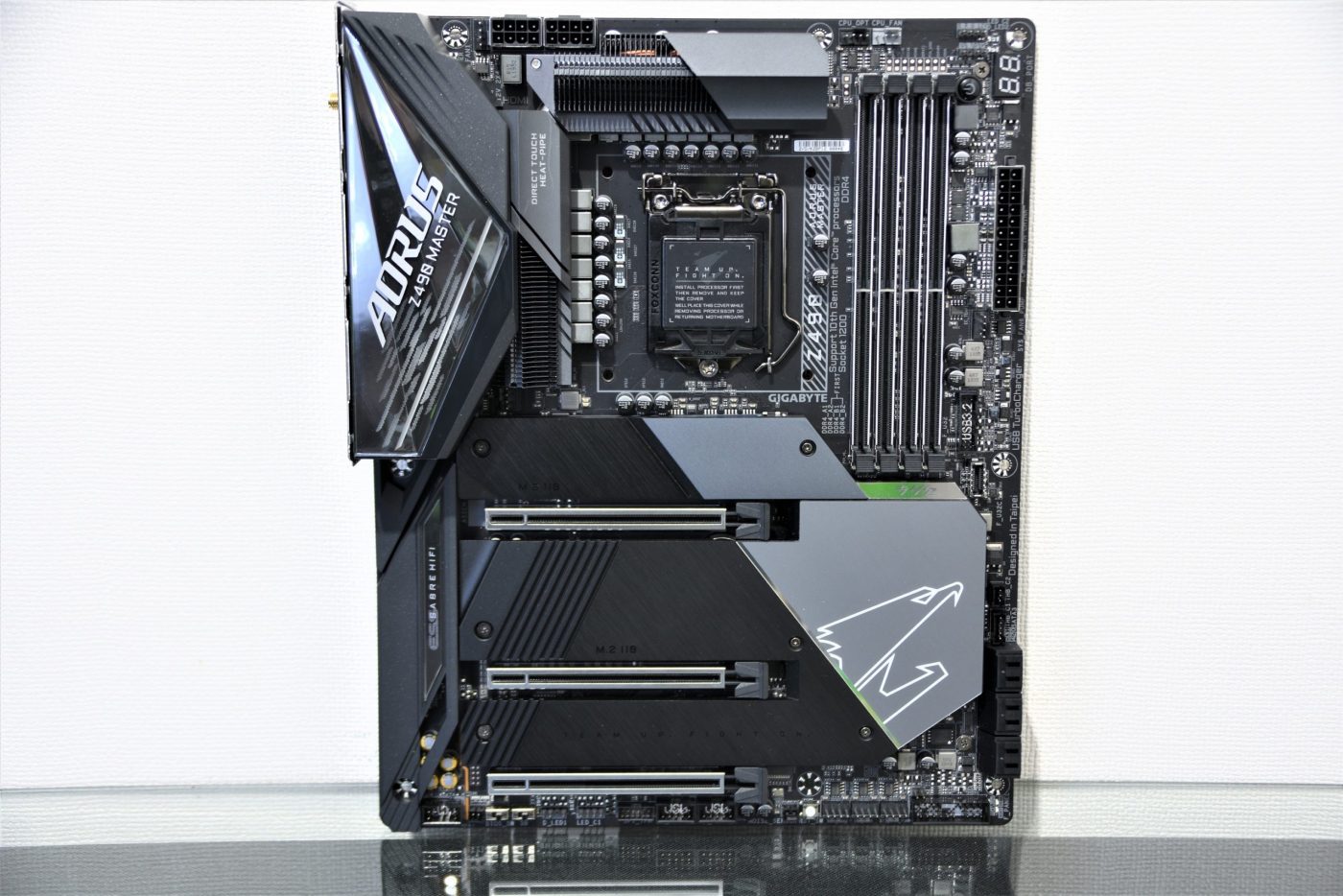
On its front face the GIGABYTE Z490 AORUS MASTER shows all its charms, a motherboard with a few sectors that shine, a motherboard that is very visually pleasing and harmonious with that “PUNKGAMING” style that AORUS implements.
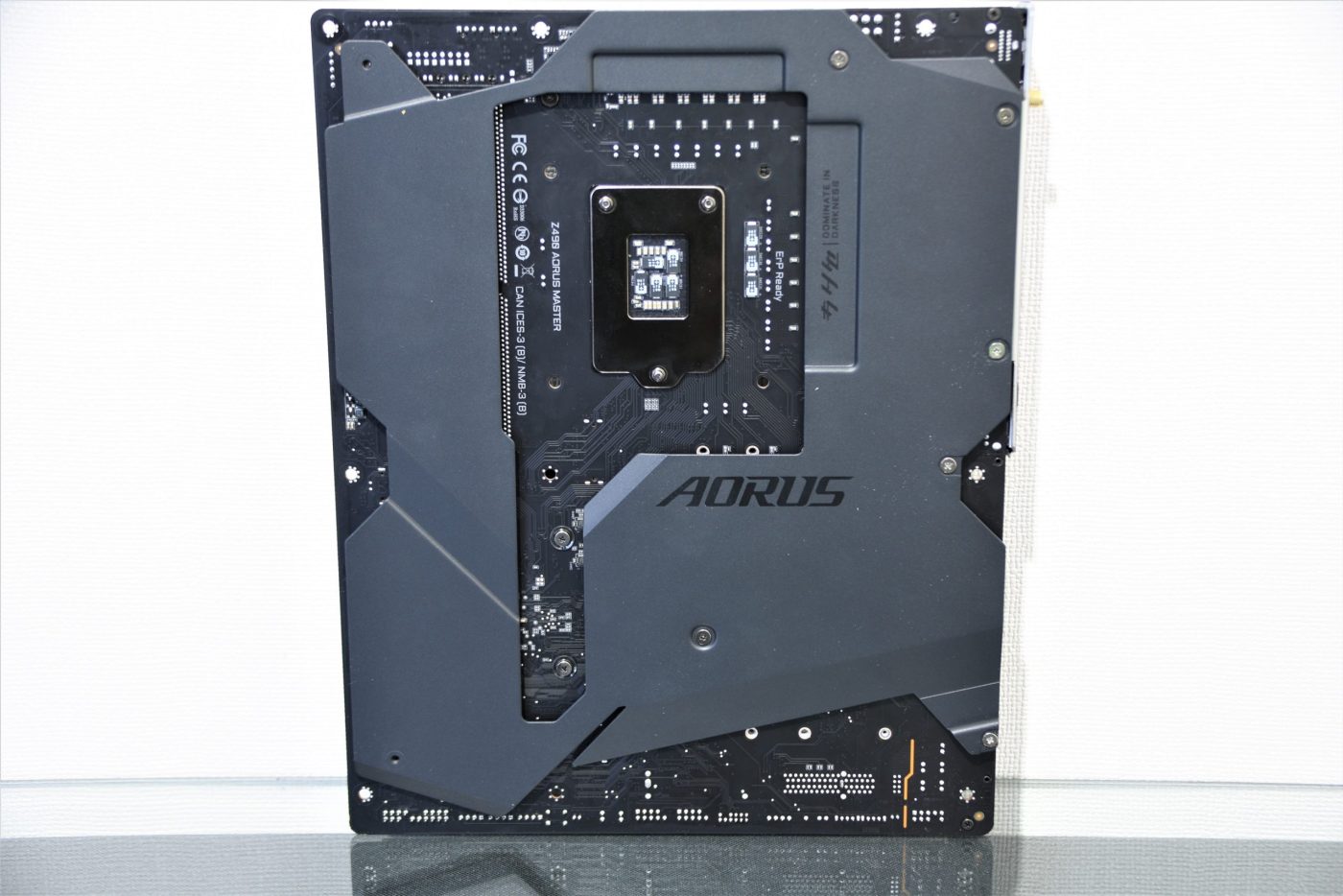
For later a great backplate, very robust and very resistant, we see how this all the periphery of the socket, seeing how the rear contact areas of the power and VRM phases make direct contact with this backplate.
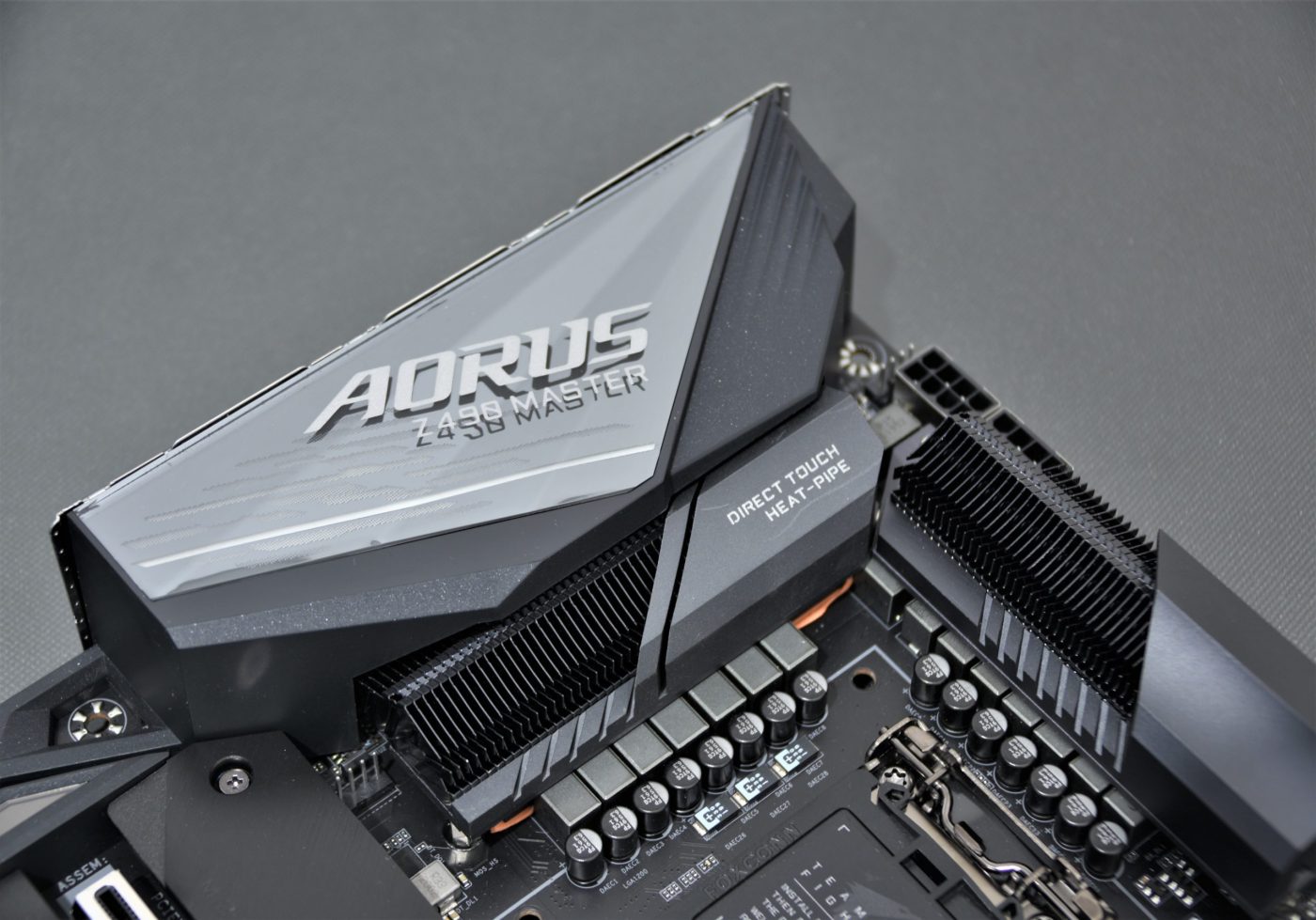
Probably the area that most attracts the attention of the motherboard is precisely in the cover of the rear panel, an acrylic well finished with the model of the motherboard.
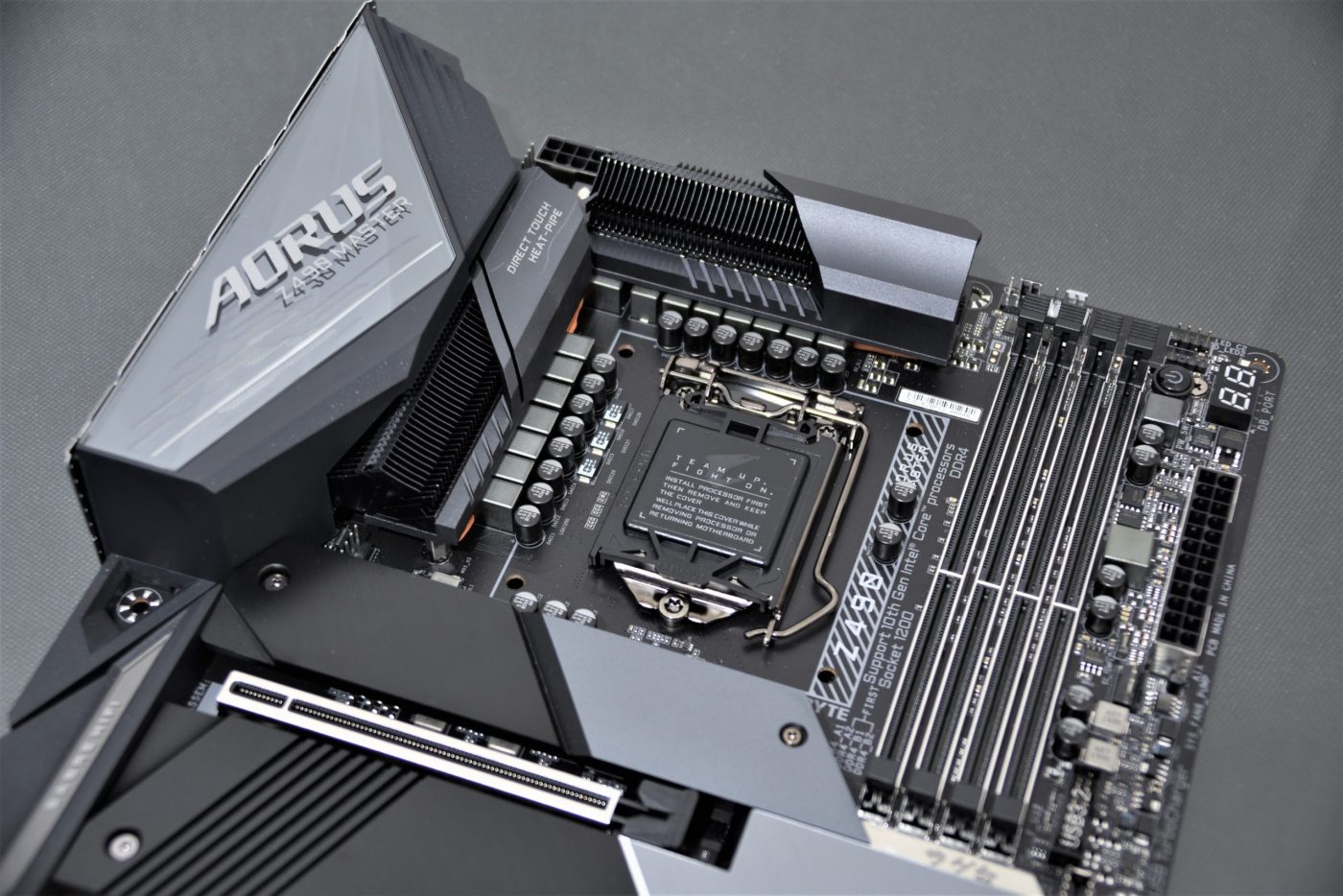
As is common with many motherboards, the M.2 slot comes with its own heatsink, which hides it from the PCB.
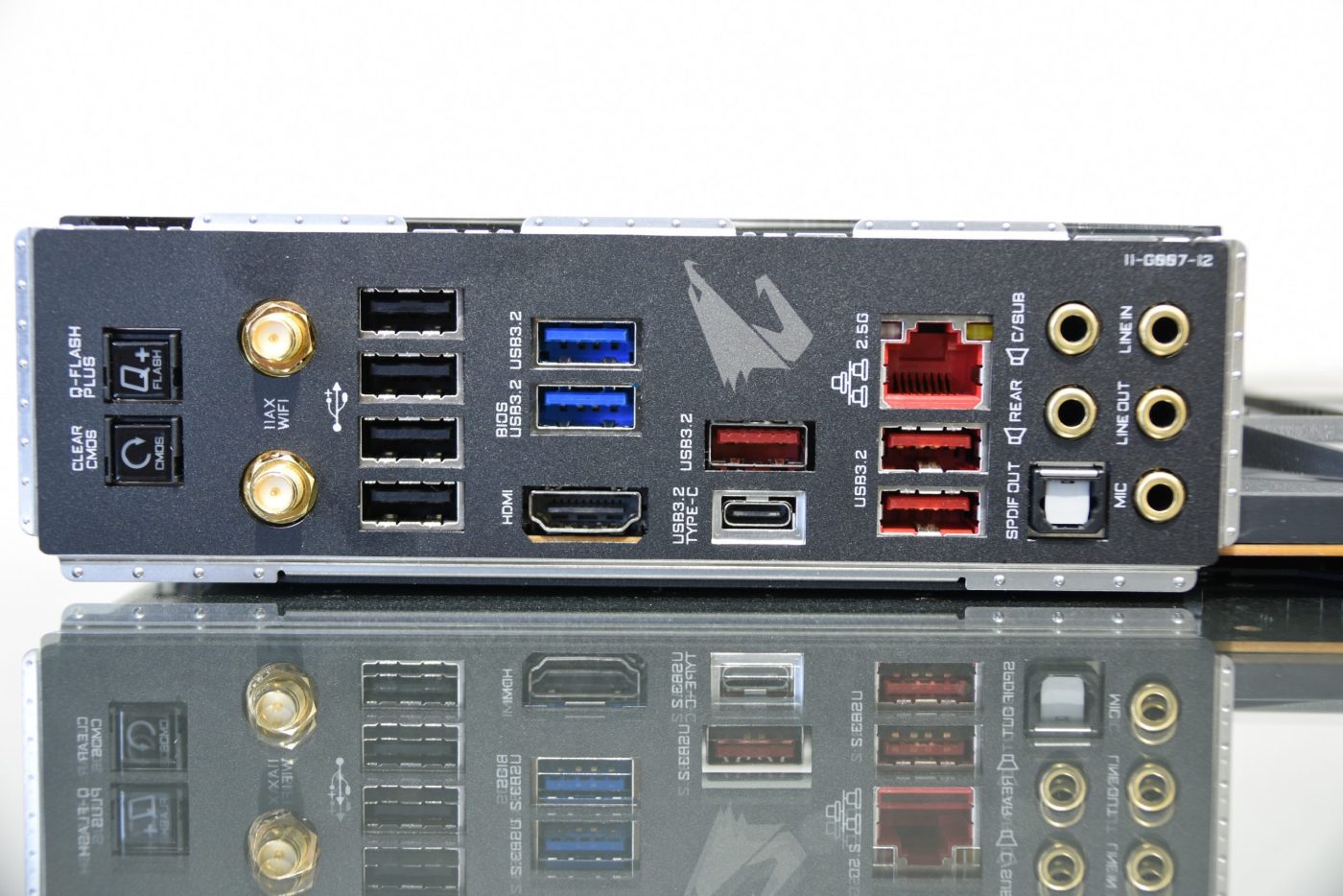
Very complete rear panel, 1x RJ45, 7.1 audio jack, 1x HDMI, Wi-fi connectors, clear CMOS button and Q-Flash, in addition to a large number of USB (4x USB 2.0, 2x USB 3.2 Gen1 and 4x USB 3.2 Gen2 ( 1x USB Type-C)).
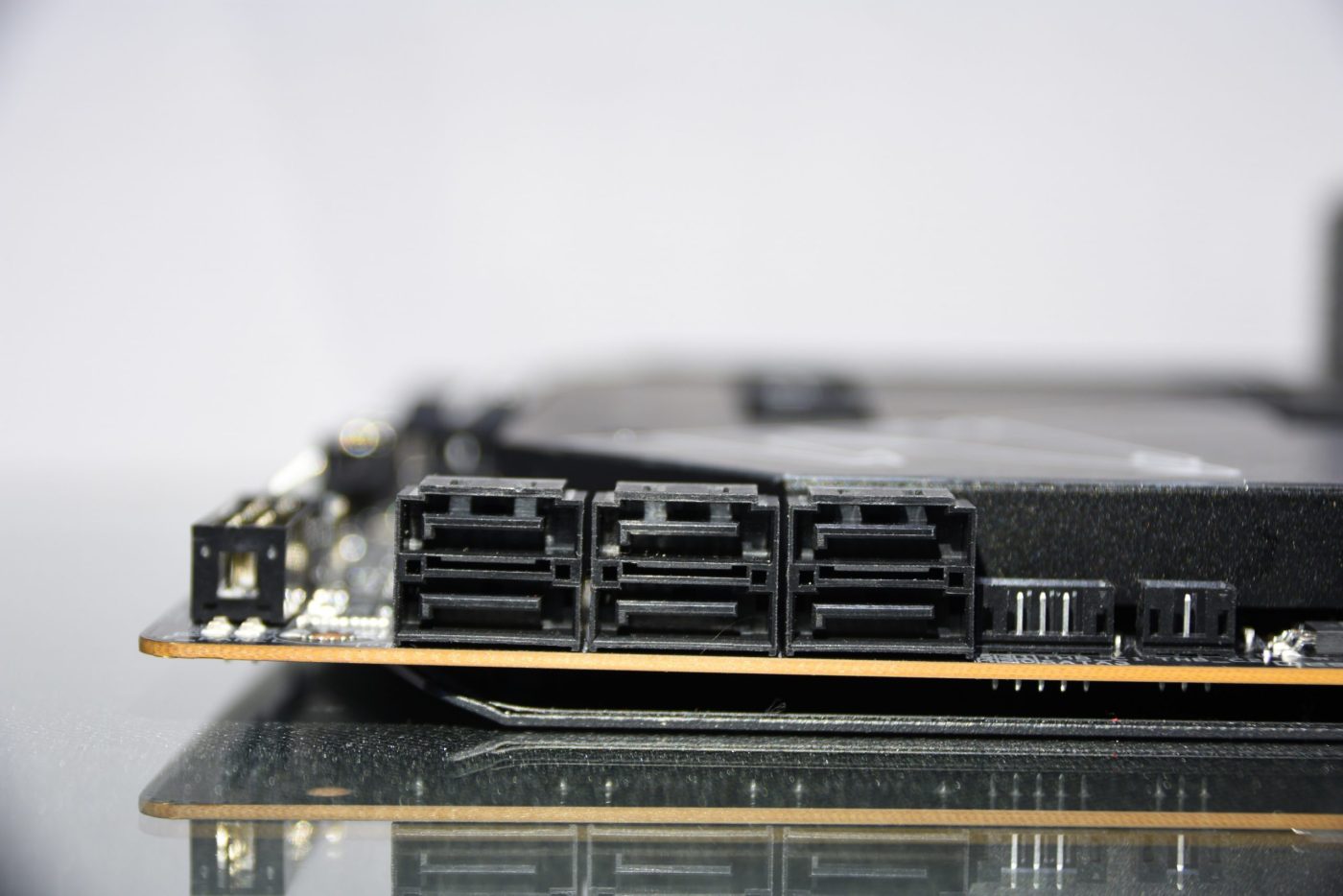
Lower right edge, it has 6x SATA, we see how little by little this storage interface begins to decrease, giving space to the M.2 as the main option.
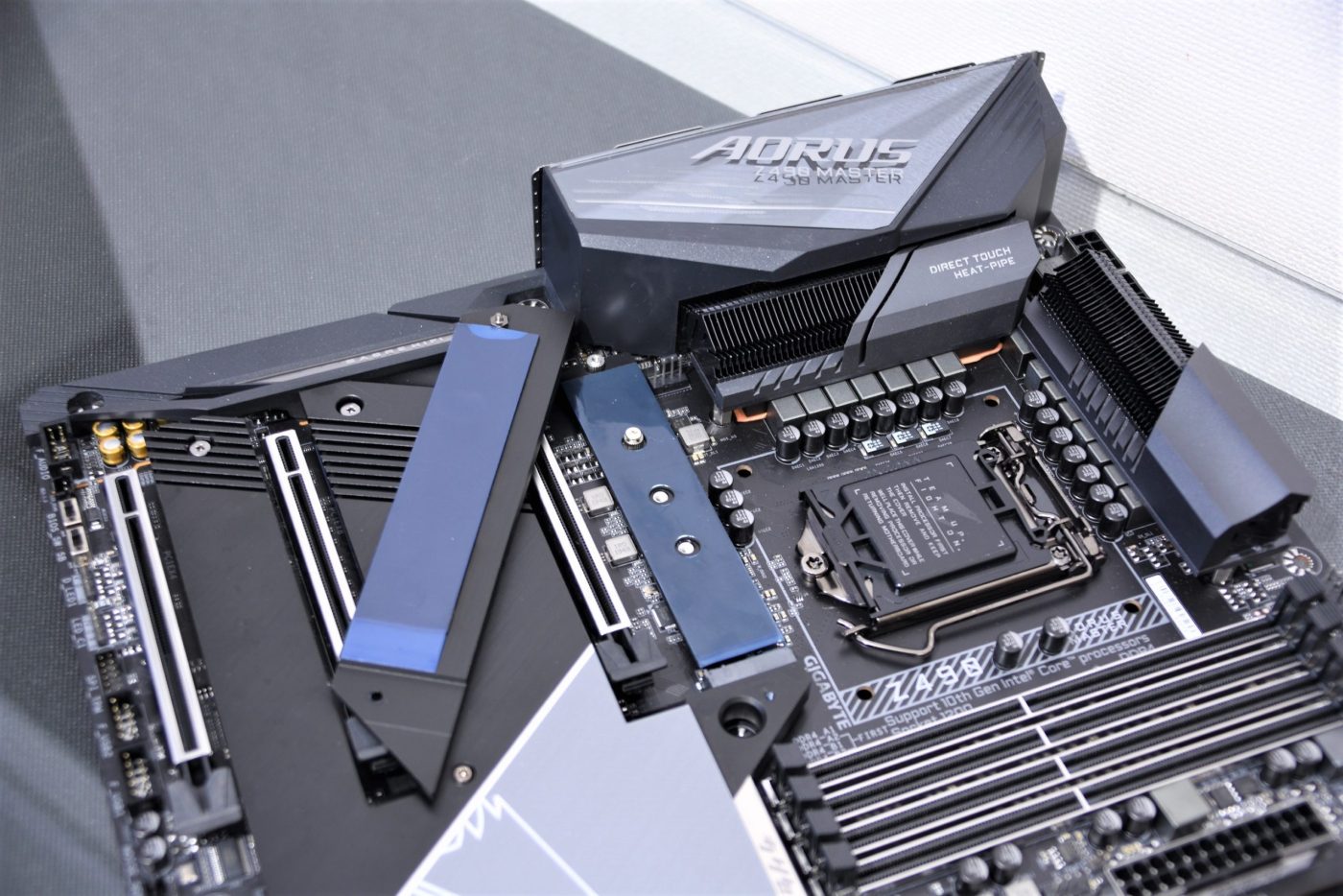
As we mentioned in the technologies that GIGABYTE used in the design of this motherboard, M.2 units are provided with their own cooling.
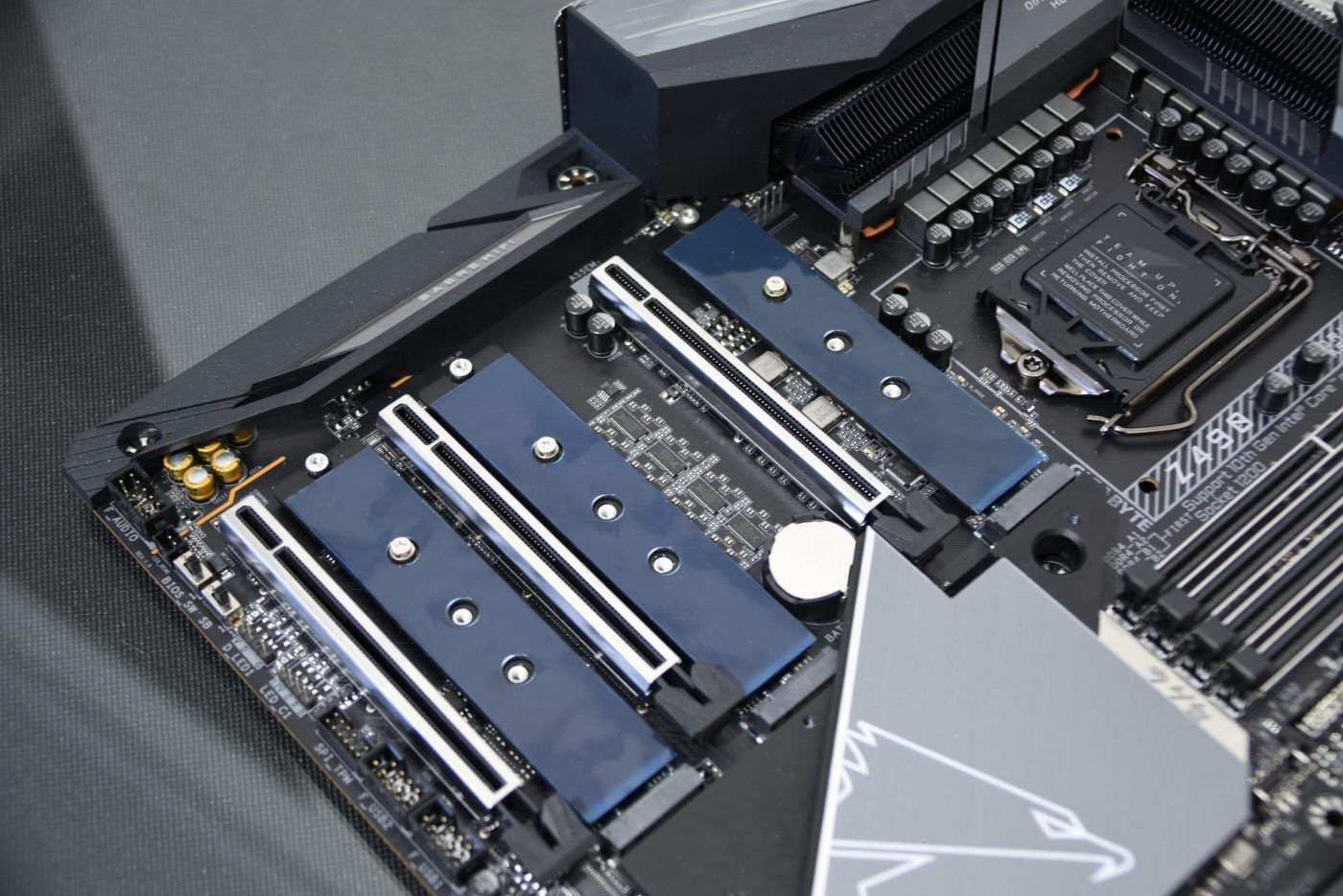
This dissipation of the M.2 units is in all the connectors in both their upper and lower dissipation.
Review
We will soon see how this attractive specimen of GIGABYTE Aorus behaves in conjunction with the new Intel Core i9 10900K.





![Preview GIGABYTE Z490 AORUS MASTER [LGA-1200]](https://www.bitcoinminershashrate.com/wp-content/uploads/2020/05/1590470426_Preview-GIGABYTE-Z490-AORUS-MASTER-LGA-1200.jpg)









